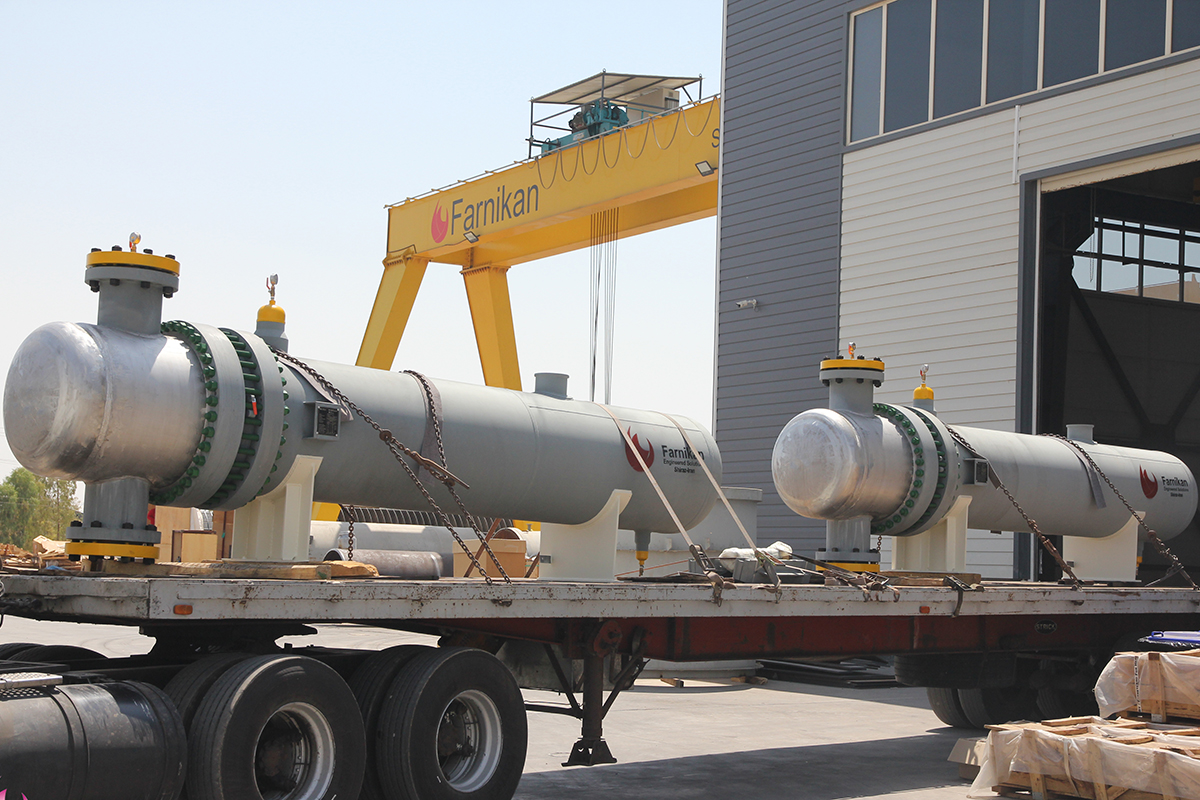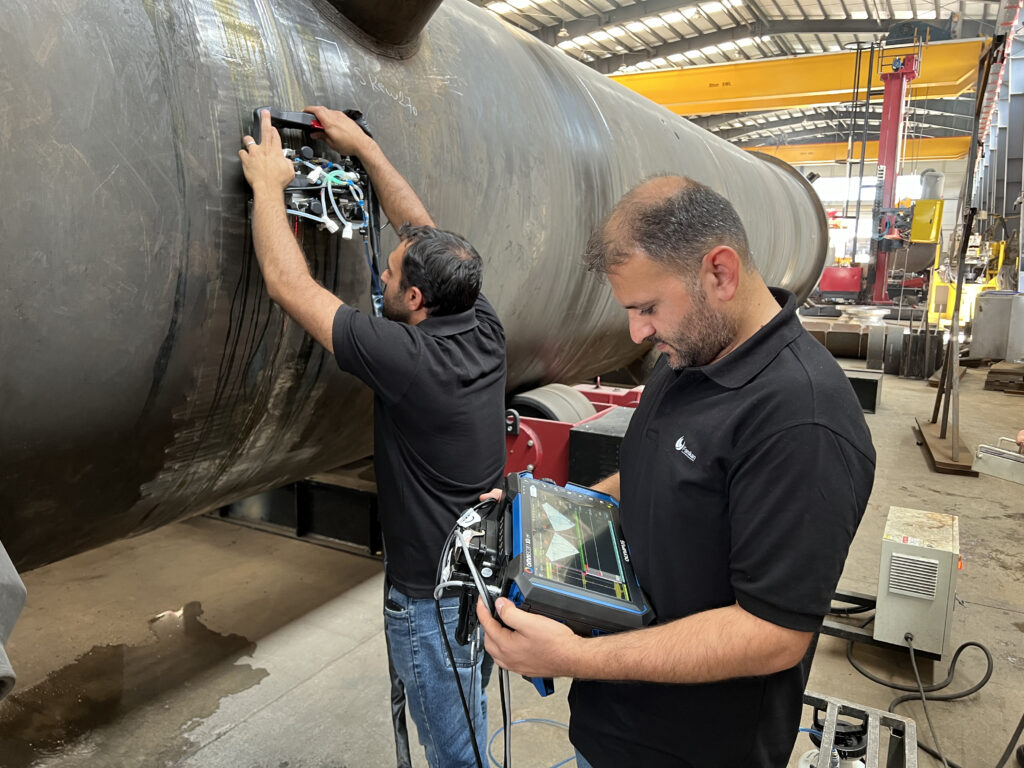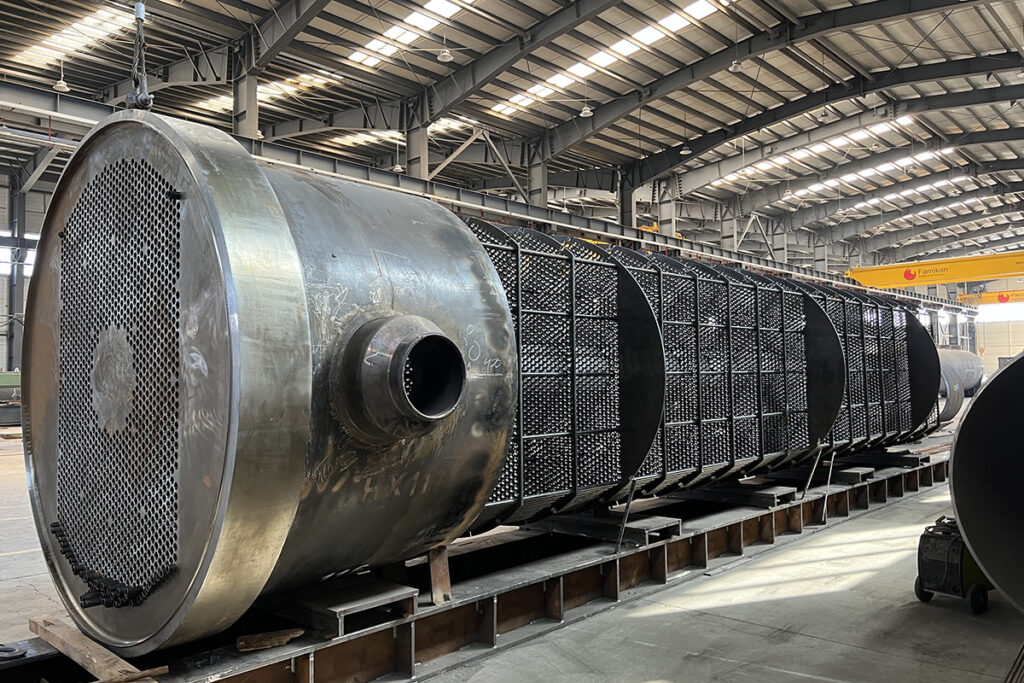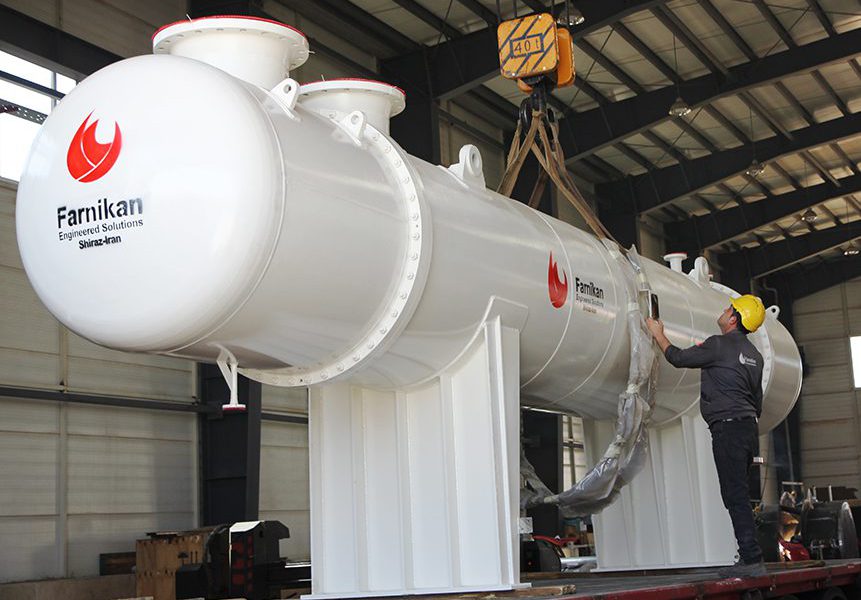Machines called heat exchangers are designed to transfer heat between two or more fluids having varying temperatures, such as liquids, vapors, or gases. Depending on the type of heat exchanger, the heat can be transferred from one liquid form to another, from one gas, or from one liquid to another. These fluids do not come into direct touch during this swapping since it is done through a solid divider.
The type of heat exchanger used and the materials utilized to build the exchanger determine whether a fluid is suitable for and compatible with a heat exchanger. Most liquids, including oil, water, and seawater, can be used with several standard heat exchangers. Other materials are required for corrosive fluids, such as chlorinated saltwater, refrigerants, and acids.
Distinct heat exchangers will be easier to describe and classify if they include additional features, such as building materials, parts, and different heat transfer mechanisms. These qualities also aid us in determining which one is better suited for specific applications in various industries and general use.
Less maintenance is often needed for heat exchangers. These are operating at high pressures and temperatures. An efficiency of about 80% is possible with the ideal-sized heat exchanger. They are straightforward, small, simple to maintain, and clean. When disassembling, more room is not needed. Compared to plate-type heat exchangers, shell and tube heat exchangers are less expensive.




